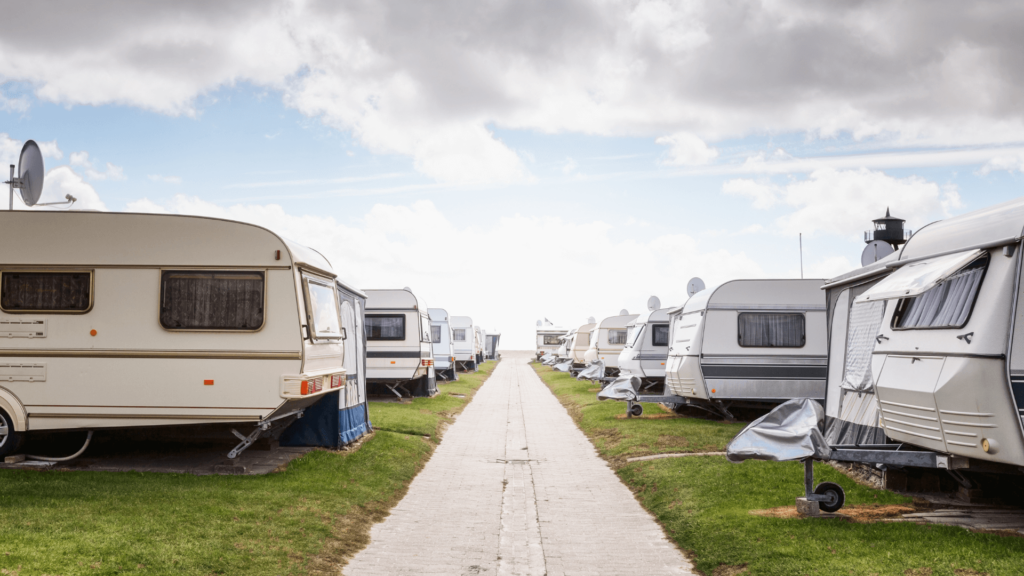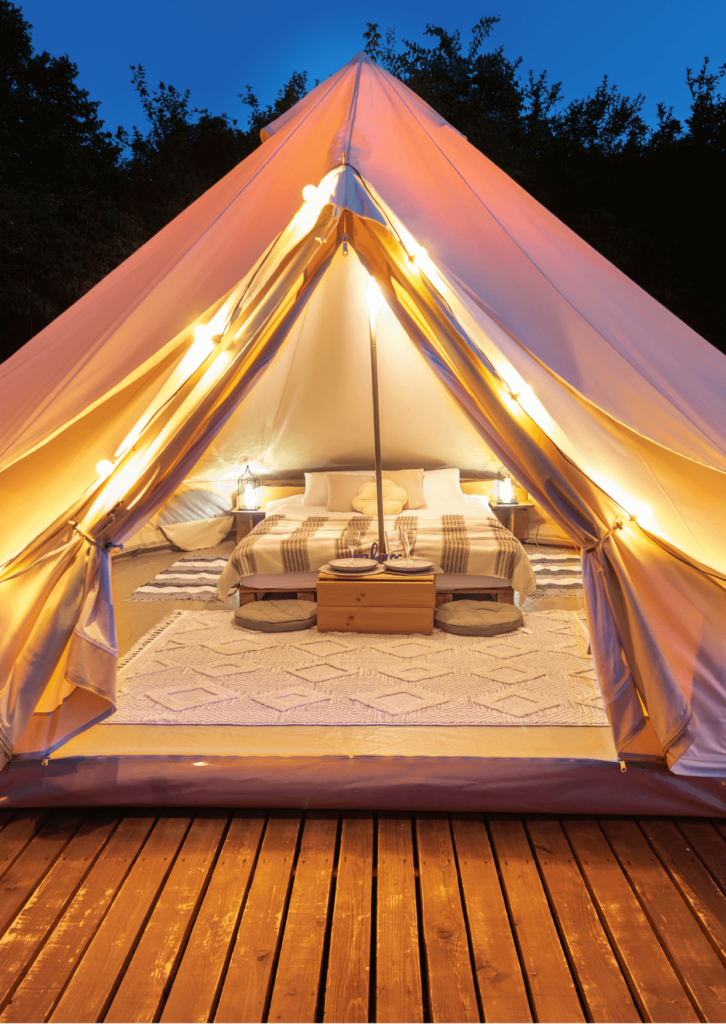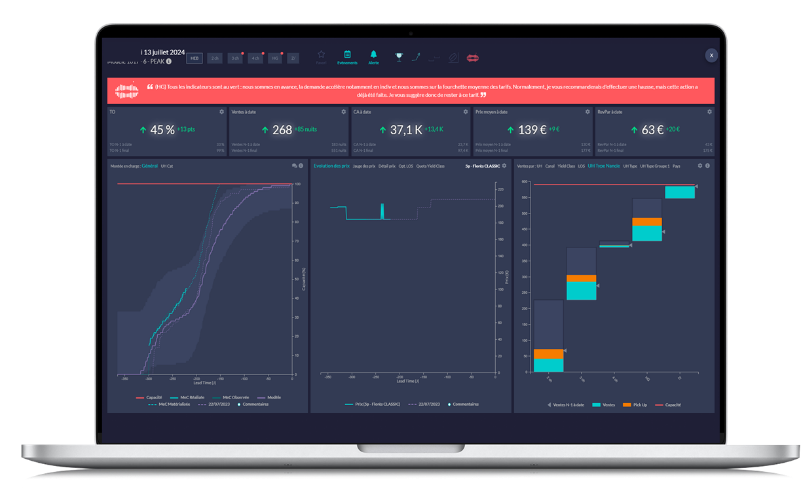Camping outdoors, surrounded by vegetation and different types of animals is a special experience that makes you connect with nature. Even so, it is not for everyone and that is why it has been modernized. It is true that what is known as “camping” and has evolved into “glamping” is a phenomenon that has exploded in recent years, adapting to the new needs of customers. But what was its origin and where is it going?
On the agenda:
1.Origin of camping
2. Emergence of “Glamping”
3. Current figures
4. Technology in campsites
Origin of camping
The activity of camping has been carried out by human beings since prehistoric times, but its recreational aspect began in 1901 with the sports camps in England, where the first associations were created. A year later, Baden Powel, the creator of the Boys Scouts held the first educational camp and the following years the “camping” conquered several countries highlighting Holland, where the International Camping Federation was created.
In Spain, the camping phenomenon appeared later. It was in the 50’s when campers, mainly families and young people, spent the night in the middle of the countryside with their tents and sleeping bags.
The Artiach company was the first camping industry in the country. It was born from the idea of two friends who were nature fanatics, starting in 1930 with a sports store until 1960, when the first camping sites, trailers and caravans appeared. These new inventions were a revolution as they brought the necessary comfort to travel in nature.

The concept of “camping” varied from country to country and that is why it took time to advance in Spain. Society considered campers to be people or families with low purchasing power, while in countries like France, having a caravan differentiated you from others. As the sector advances, modernization and the change in user behavior after the pandemic, the perception of “camping” is different and it becomes one of the accommodation options regardless of economic reasons.
Emergence of "Glamping"
When it all started, in the 50’s, people traveled in a simple way by car and camped in the middle of the forest with their tents and sleeping bags. Later, in the 60’s, the first trailer tents, caravans and motorhomes appeared, making camping in campsites easier and more comfortable for family travel. Already in the 70’s the famous Volkswagen vans appeared, for those who could not afford caravans, creating the hippie movement of a nomadic life in the open air. Finally we come to the present day, with the appearance of the new way of traveling, the “glamping”.
Before the pandemic, camping in nature was not the first choice when planning a vacation, but the habits of tourists have changed. Less crowded spaces, time flexibility, contact with nature, without losing the first class services of staying in a hotel has become a trend in Spain when choosing a destination.

Glamping allows you to stay in the middle of nature, beach or mountain, in cabins or designer bubbles, while maintaining the comfort of a hotel service and without harming the environment. They include kitchen, sheets, showers, electricity, basic elements that are complemented with high-level experiences such as spa, massages and treatments.
The accommodation, service and experience has changed and so has the market. In the past, camping was mainly for families with children or retired couples traveling with their trailers or caravans. Now with the new services and amenities many couples and young people travel enjoying “glamping” and it is a trend that started in 2020 and still continues with companies like We Camp.
Current figures
In Spain, in 2021, there were a total of 769 campsites divided into two categories, first and second class. The second class ones are simpler totaling 408 campsites and the first class ones, the famous glampings, are a total of 183. Most of the establishments are located on the Mediterranean coast in the autonomous communities of: Catalonia, Andalusia and Valencia, with Catalonia being the leader in number of campsites.
The year of the camping boom, in 2020, 5.7 million tourists stayed in campsites, with 18.8 million overnight stays (42% more than the previous year). Most of the tourists, specifically 59% of those accommodated, were Spanish, as domestic tourism increased in the same year due to restrictions. Travelers tend to stay an average of 4 days in the campsite depending on the price, if they are second or third class campsites they tend to stay 1 week as they are more economical.
Spanish campsites offer a great diversity of options when choosing accommodation, beach, mountain, natural parks, and of different sizes and services adapting to the tastes of each client, adding up to more than 500,000 places in Spain to offer. Due to this wide offer, Spain is in the 3rd position in Europe in terms of number of overnight stays.
Technology in campsites
We have talked about the progress and change that the camping sector has experienced as a product and customer perception, but its management has also been updated. Technology for process optimization has been a key factor in managing companies in the tourism sector, and although it has been a slow start, we continue working on it and creating specific tools for establishments such as campsites.
Campsites are completely different products from hotels and the type of customer also changes, so their management must be adapted to the strategy. The use of a PMS (Property Management System) allows the management of reservations in an efficient way, saving time and minimizing errors. Automating processes such as billing or inventory allows staff to focus on other tasks such as dynamic pricing.
Many campgrounds continue to use static seasonal pricing, but with more time available we can invest in analyzing our data, the demand we achieve and modify prices based on incoming bookings and the channels we use, in order to increase revenue and decrease costs. RMS such as Revell allow us to centralize all the data, automate the analysis with daily reporting and offer alerts with price recommendations based on the results achieved by defining the demand curve.
Keywords: Rural tourism, Camping, Glamping, Nature, Origin of camping, Evolution of rural tourism, Impact of the pandemic, Current figures of rural tourism in Spain, Technology in campsites, Efficient management
Written by Roser Ruiz

